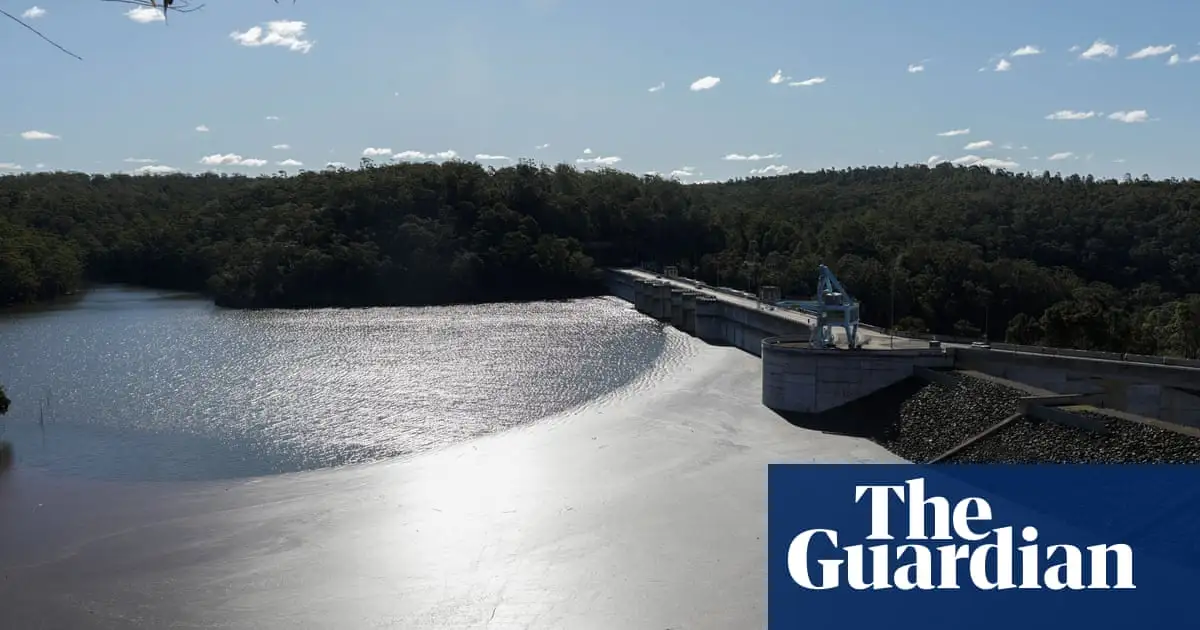Didn’t someone recently post a thing where it spoke about how dams are generally a bad idea?
Dams are not great but they’re definitely better than natural gas, coal, diesel, biomass or other burning garbage, I guess…
burning garbage
With modern exhaust scrubbers, is burning garbage that bad compared to potentially releasing it into the environment? Also, if we’re going to burn something, why not burn resources we’ve already extracted?
They dont scrub everything and lots of toxic shit goes up the stack. It talks about how dangerous they are in the Trash doco
They are, this isn’t about helping, it’s about distracting.
“Better then fossil fuels” means kicking the can down the road. Dams emit lots of CH4 from rotting vegetation for example, destroy the local environment etc
We either cut back significantly on energy use (no cars, no flying, smaller very well insulated homes etc) or collapse civilisation, those are the only choices left.
Here’s an interesting take by physicist Tom Murphy
https://dothemath.ucsd.edu/2024/04/distilled-disintegration/
The challenge is way beyond anything we’re prepared to countenance as yet, both in terms of mitigation and in terms of adaptation
- Professor Kevin Anderson
This is the best summary I could come up with:
Sydney’s main source of drinking water could also supply enough renewable energy to power almost a third of the city’s households by 2031 if a pumped hydro project using a former coal washery proceeds as planned.
The close proximity to Sydney and the avoidance of land clearing in a national park are among the advantages the WSPH project has over its larger Snowy 2.0 counterpart.
The region’s sandstone is expected to be easier to bore through than the mixed geological area the Snowy Hydro project has had to contend with, the spokesperson said.
Australia is home to many prospective sites for pumped hydro projects, a known technology that can help provide so-called firming electricity supplies during dark and still periods when wind and solar farm output is low.
“While we are working to build a sustainable future, the most critical factor in considering this proposal is that the project does not impact catchment health or drinking water supply from Warragamba dam at any time, during the investigation, construction, or operational phases,” said WaterNSW’s CEO, Andrew George.
“This is an opportunity to not only assist the transition to a renewable energy power grid, but also to create jobs, support the local community, and generate revenue to put downward pressure on water bills,” George said.
The original article contains 580 words, the summary contains 213 words. Saved 63%. I’m a bot and I’m open source!




